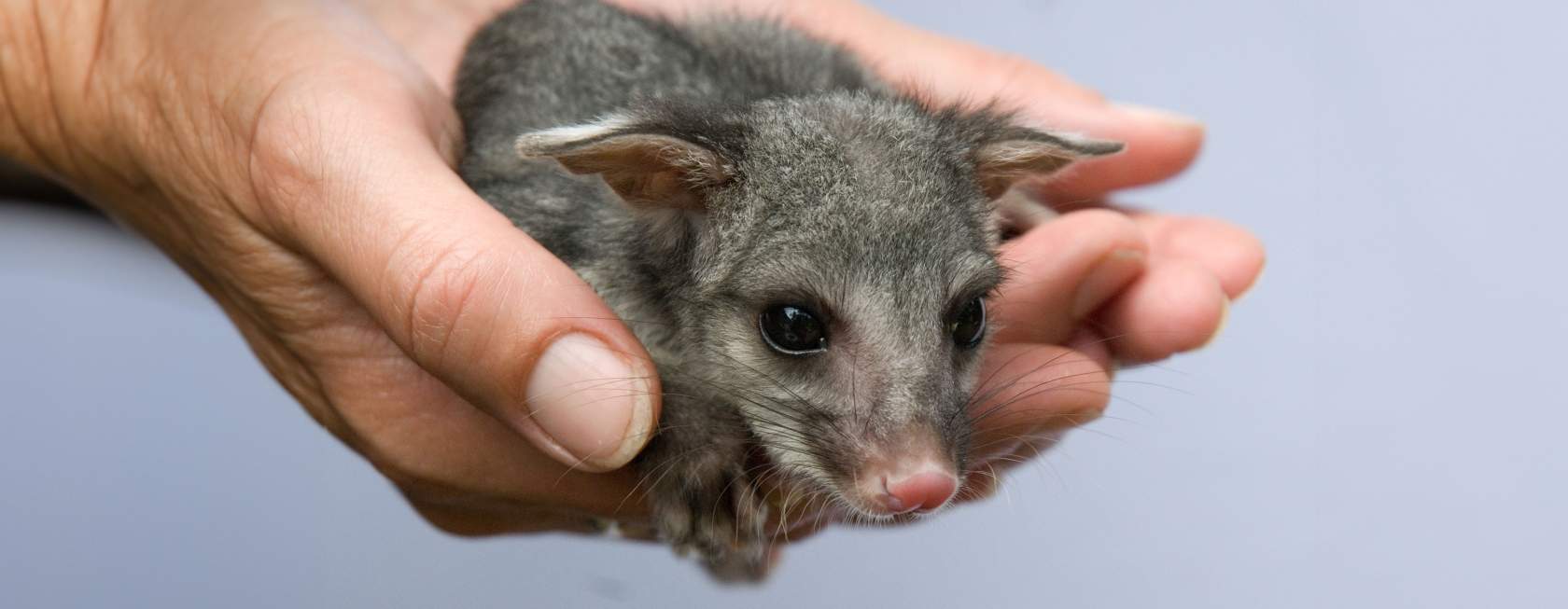
The two most common possum species found in Victoria are the ringtail possum (Pseudocheirus peregrinus) and the brushtail possum (Trichosurus vulpecula). Both species are nocturnal marsupials found across Australia in a variety of environments, from wild forests to suburban gardens and city parks. They can be tricky to tell apart but there are some telltale differences!

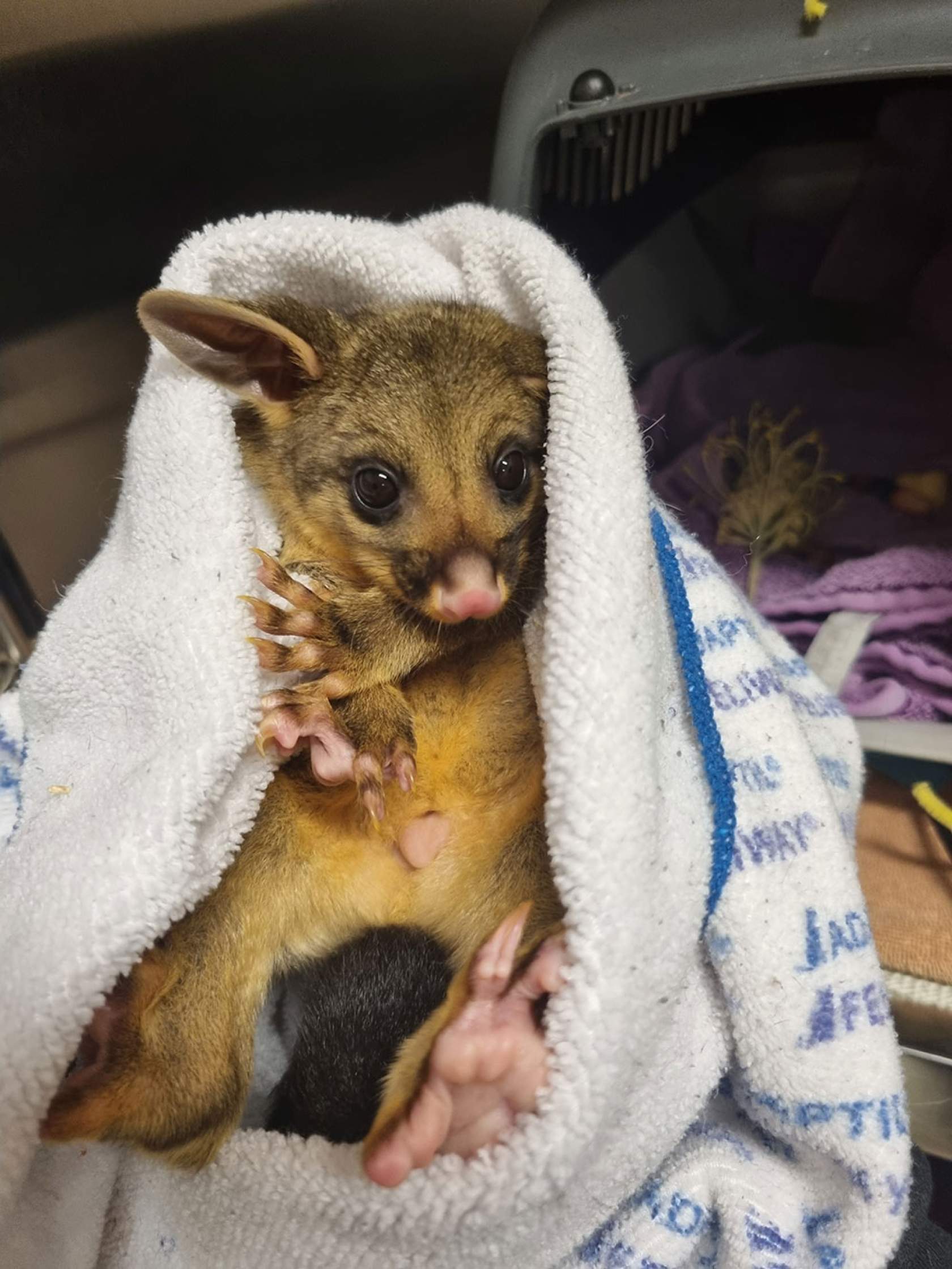
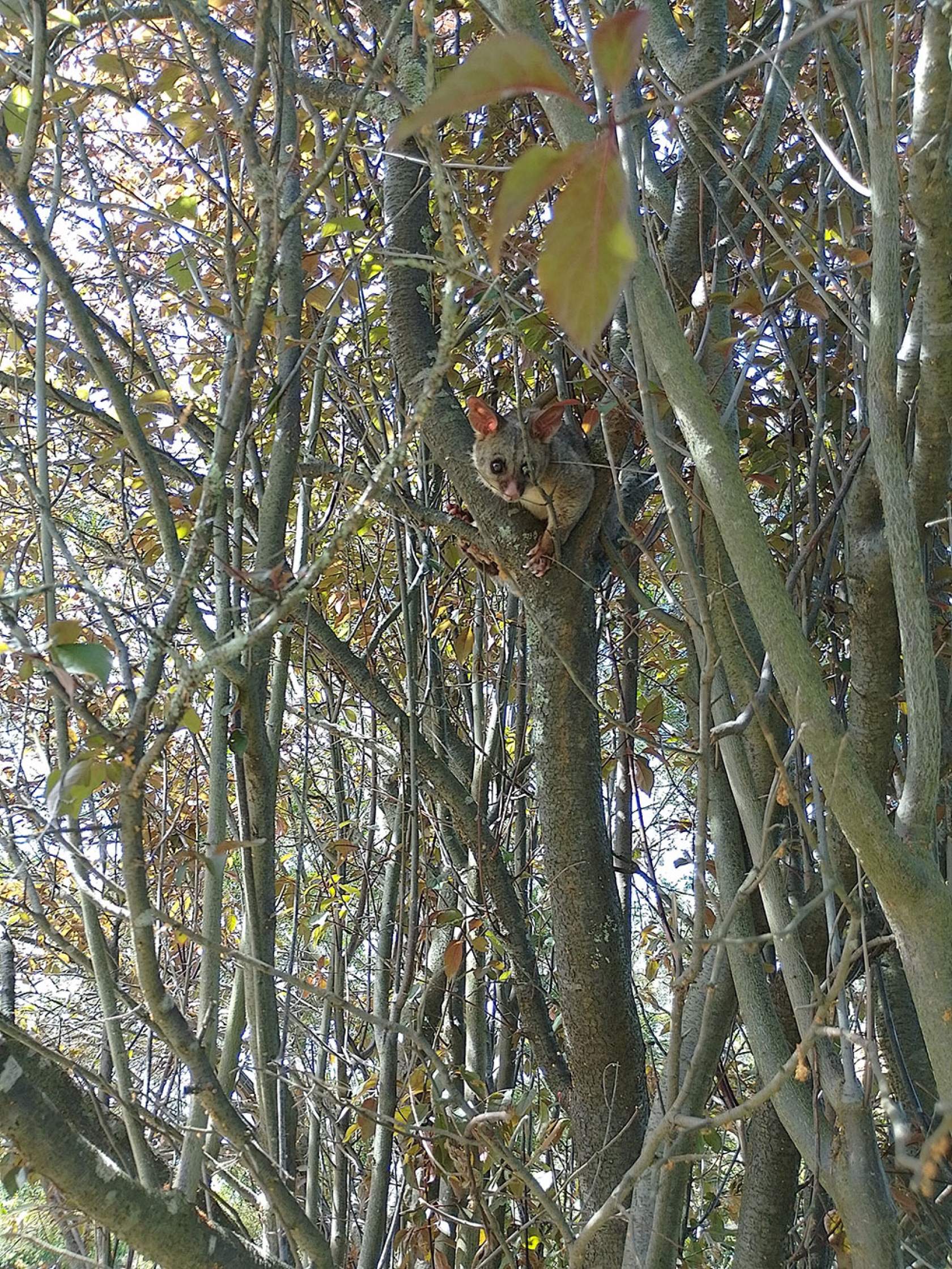
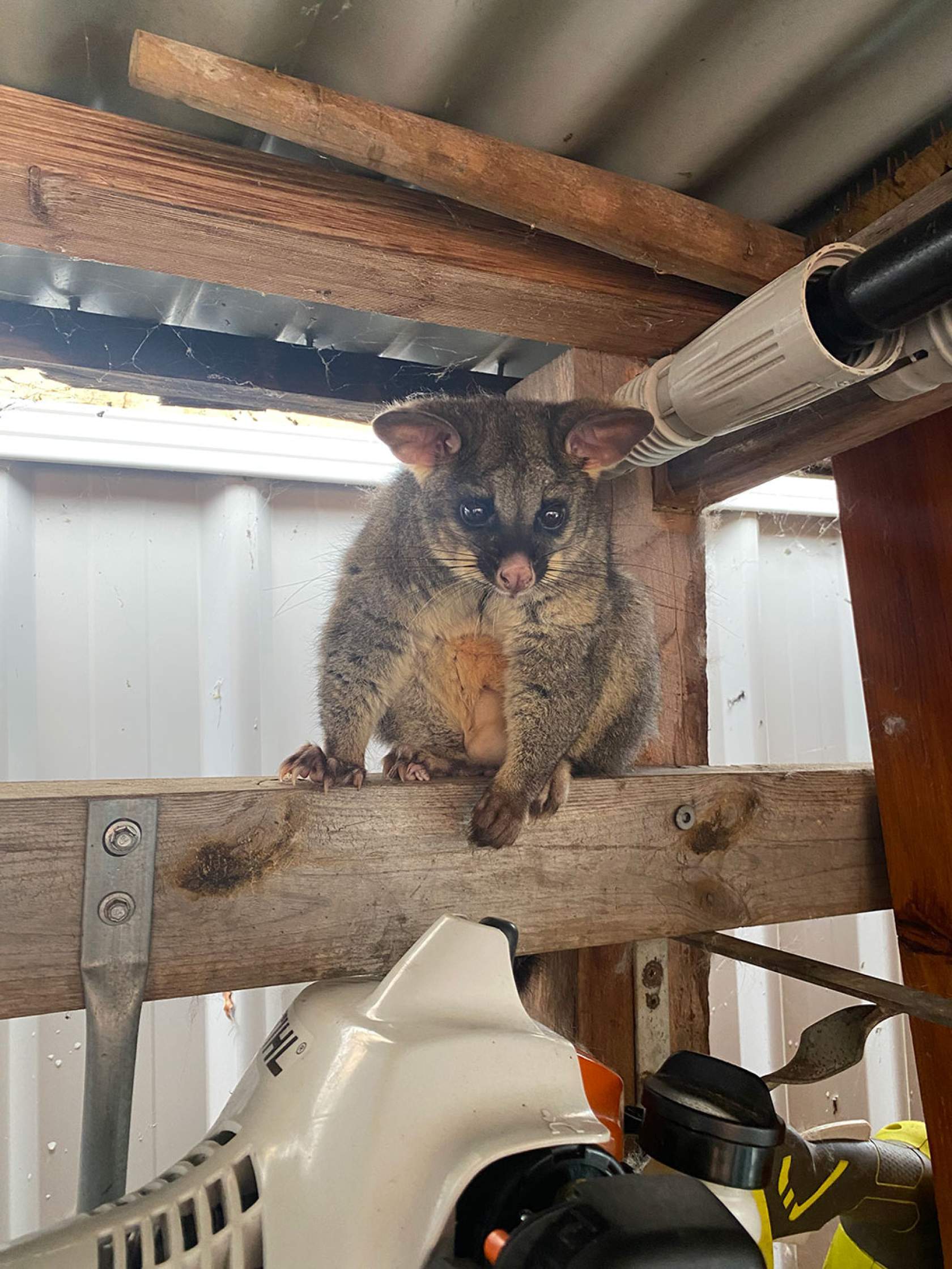
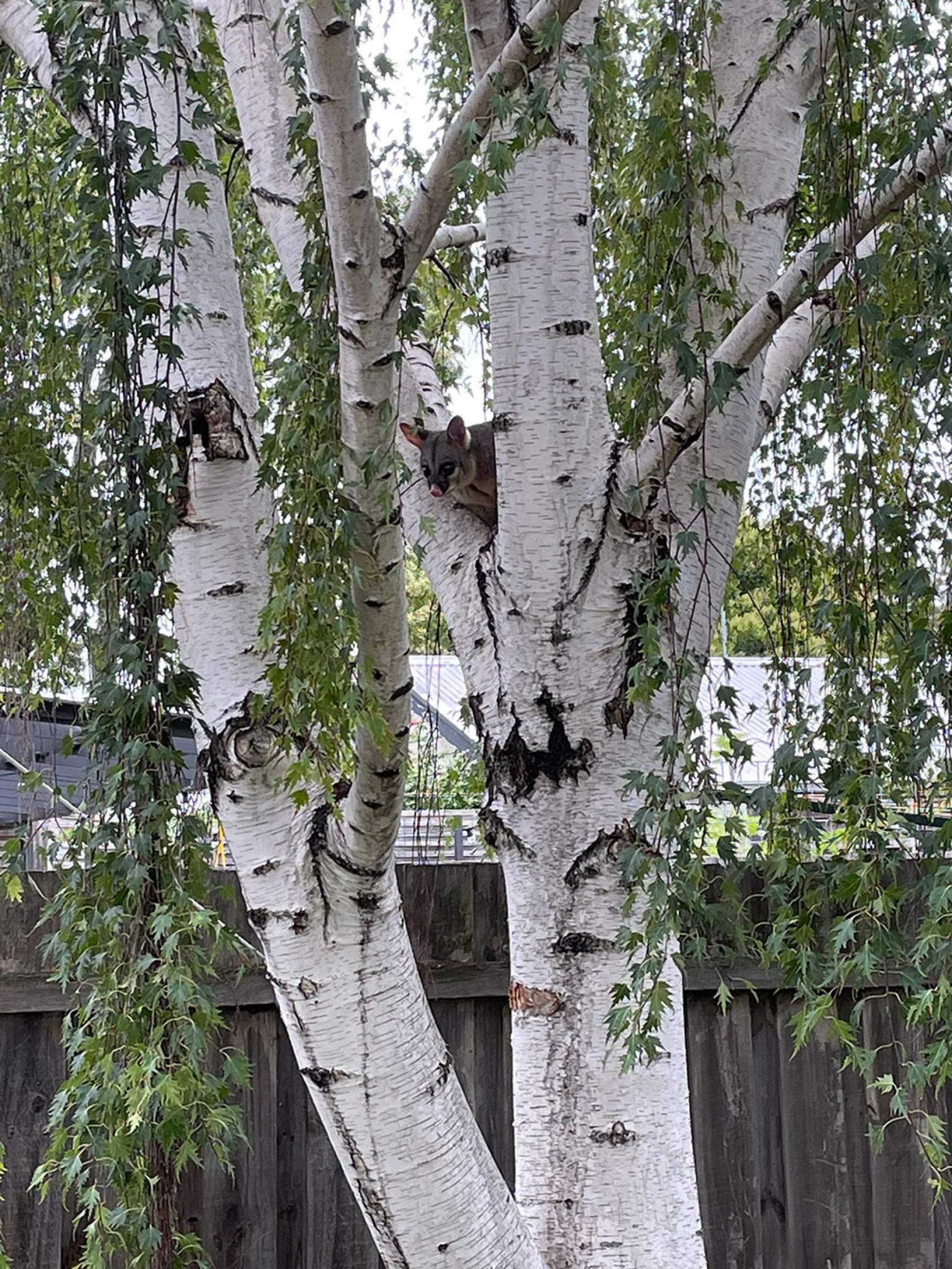
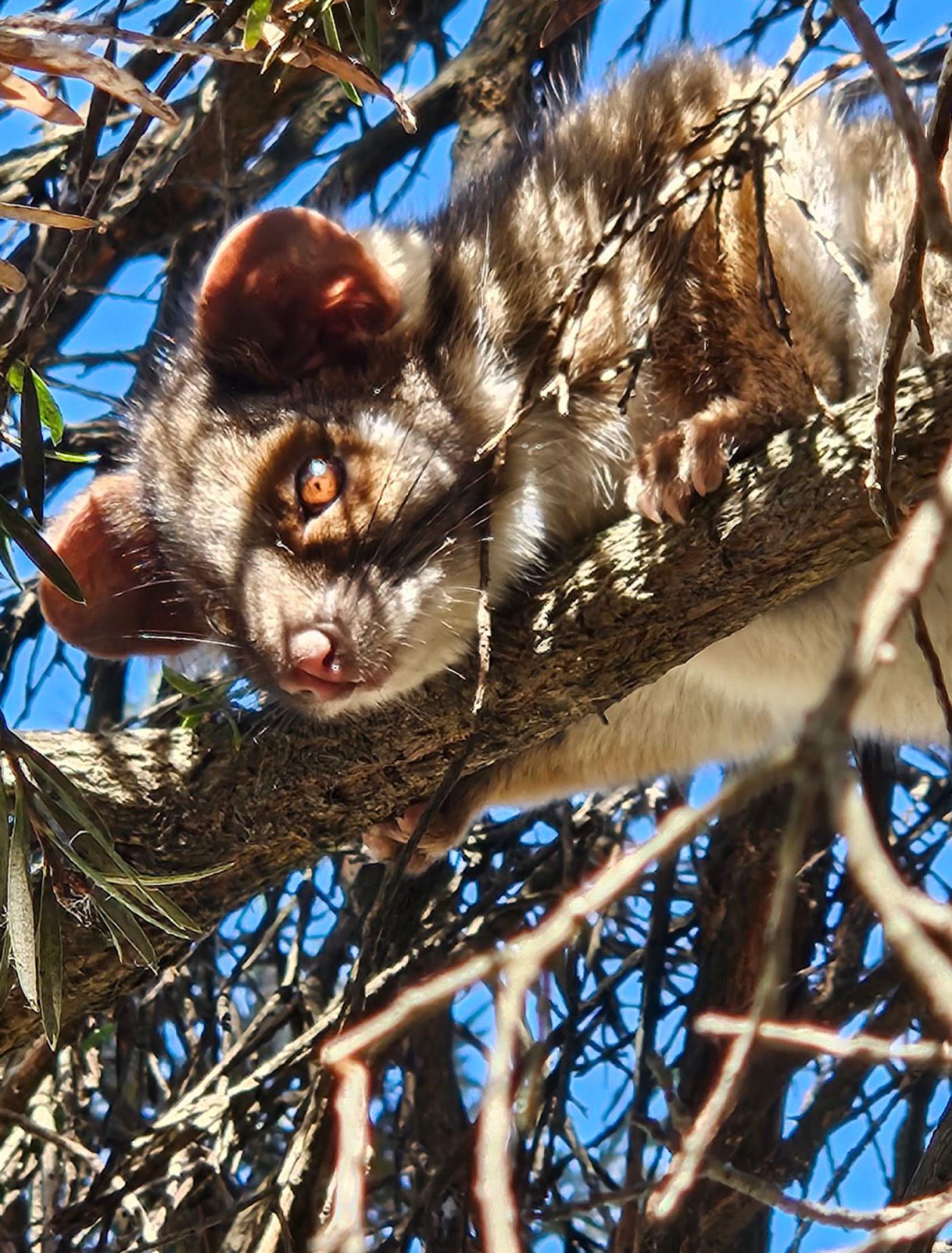
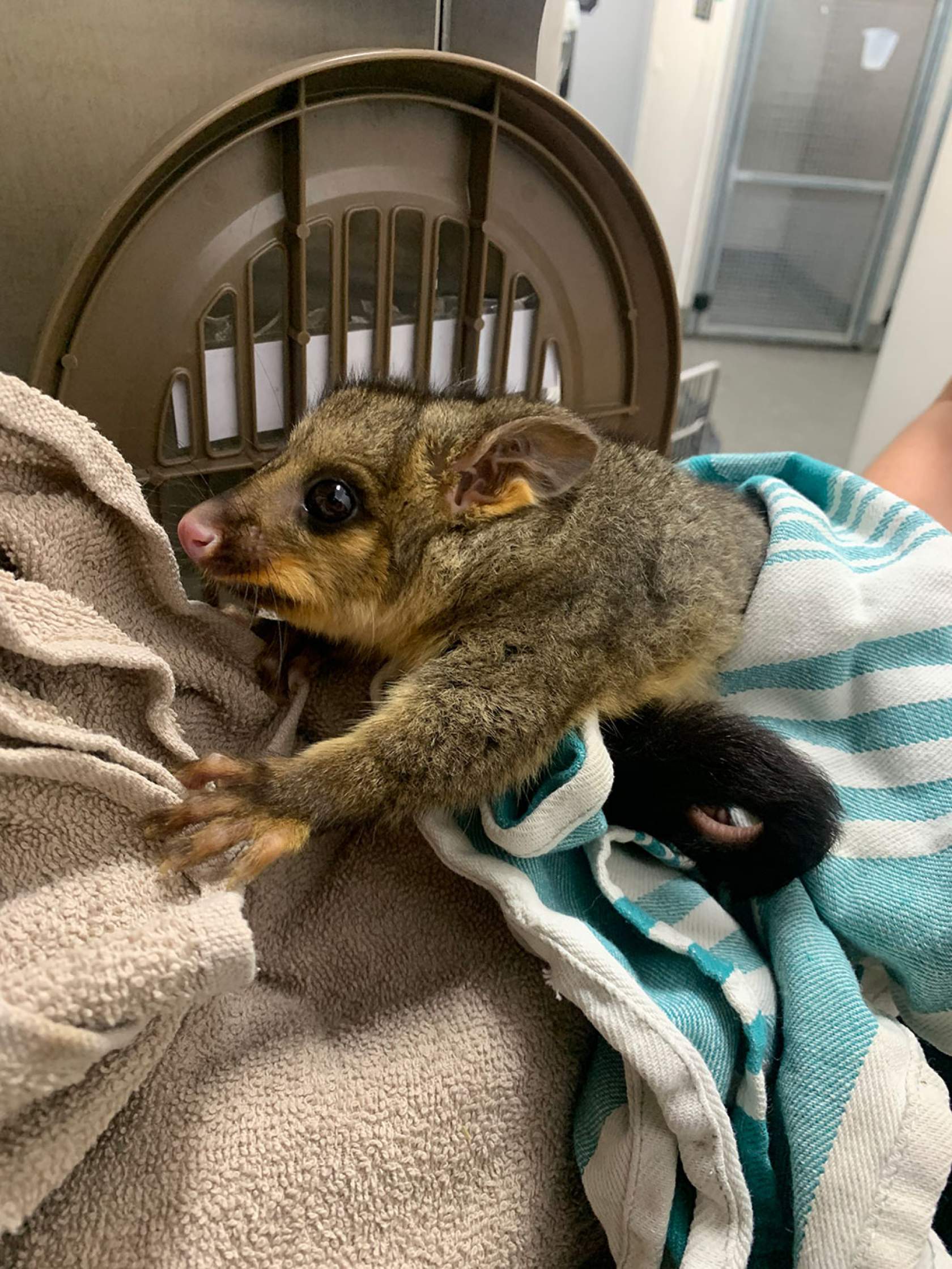
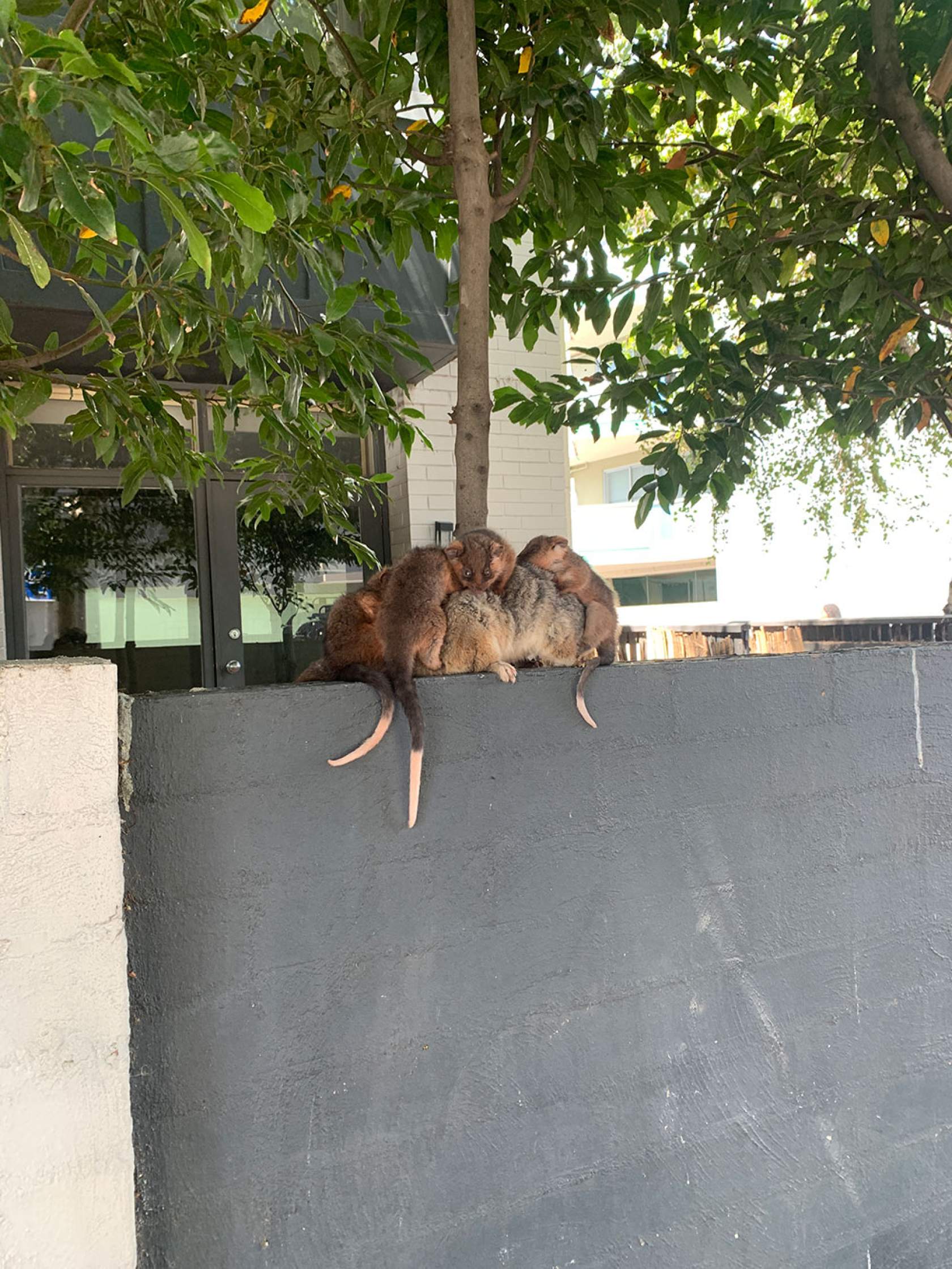
Ringtail possums
Appearance
Ringtail possums have a thin, white tipped tail that curls like a ring and acts like a fifth limb. They have brown, grey or reddish fur on their head and back, with lighter fur on their chests. Ringtails are smaller than brushtails, weighing less than 1kg and visually about the size of a young kitten.
Distribution and habitat
Ringtail possums are found across Australia and have adapted well to a range of habitats. They are often spotted in suburbs and backyards.
Diet
The ringtail possum’s diet consists mainly of eucalyptus leaves and other native vegetation, but they also consume flowers and fruits. Ringtails consume their excrement to obtain the maximum amount of nutrients possible. This is known as caecotrophy.
Behaviour
One of the biggest differences between brushtails and ringtails is their nest. While brushtails prefer hollows of trees, ringtails make their own nest called a drey. Dreys are made up of grass, twigs and leaves woven together to make a round sphere. Both species are known to reside in roofs and ceilings, especially in suburban areas where resources might be limited.
Breeding season
Breeding season is from April to November, with adult females producing one to three young – called joeys. Joeys are born hairless and weigh less than one gram. They spend five to six months developing in the mother's pouch before coming out. Once they start to emerge, they spend a lot of time clinging to their mother's back and being carried around. They spend several more months with their mother before venturing off on their own. As ringtails have multiple young, it isn’t uncommon for a joey that has fallen off their mother’s back to be left behind.
Brushtail possums
Appearance
Brushtails are larger than ringtails, weighing as much as 4kg and are visually the size of an adult cat. As the name suggests, brushtails have a black ‘brush-like’ tail that is covered in thick fur. Their body is generally grey in colour, with lighter colouring on the underside. Some brushtails come in a yellow/golden colour, although this is quite rare!
Distribution and habitat
Like the ringtail possum, brushtails are found in an extensive range of habitats across Australia and are often spotted in suburbs and backyards.
Diet
The brushtail diet is extensive! They eat leaves, fruit, insects, bird eggs, and may even scavenge through rubbish for leftover bread or pastries.
Behaviour
Traditionally brushtails reside in tree hollows, however with land clearing and a lack of hollows, they have adapted, often finding homes in roofs, chimneys, sheds and other tight, dark spots that are similar to tree hollows.
Breeding season
Breeding season occurs between March and May, with adult females producing one joey per season. The joey will stay in the pouch for up to six months before moving onto mum’s back and becoming what is called a ‘backrider’. Joeys stay with their mothers for several months prior to venturing off on their own.
General fun facts
What can you do to help?
Some of the most common reasons members of the public call Wildlife Victoria’s Emergency Response Service are when a possum has been found on the ground, within a building, or when an orphaned joey has been found.
If there are limited resources in your area for possums to find or create a home, they may be forced to use roofs or attics. To prevent possums entering your roof or attic space, make sure there are no access points by patching any holes or loose roofing. If a possum has entered your roof, you can install a one-way flap at the possum's entry point. The flap allows the possum to leave on their own but prevents them from re-entering. There are professional services that are able to install one-way doors. To encourage possums out of a roof space, try installing a possum box on a nearby tree for the possum to move into.
You can purchase a possum box via the Wildlife Victoria online shop.
During spring, orphaned possum joeys, in particular, ringtail possum joeys, are very common. Often found during the day after the mother has returned home to rest, these joeys have a very slim chance of being reunited in the daylight. Without their mothers, joeys need to get to an alternative heat source as soon as possible. Often, taking a joey to a veterinary clinic is the fastest way of getting it help, and increases its chance of survival. You can call our 24/7 Emergency Response Service on (03) 8400 7300 to find a veterinary clinic nearby or to discuss other options.
As possums are nocturnal, it is not a good sign to see them out during the day, and it often indicates something is wrong. If you see a possum on the ground, please call our 24/7 Emergency Response Service on (03) 8400 7300 for advice. We will most likely ask you to contain the possum using a towel and box and to take it to your nearest veterinary clinic for free treatment. We can also provide further assistance as needed.
